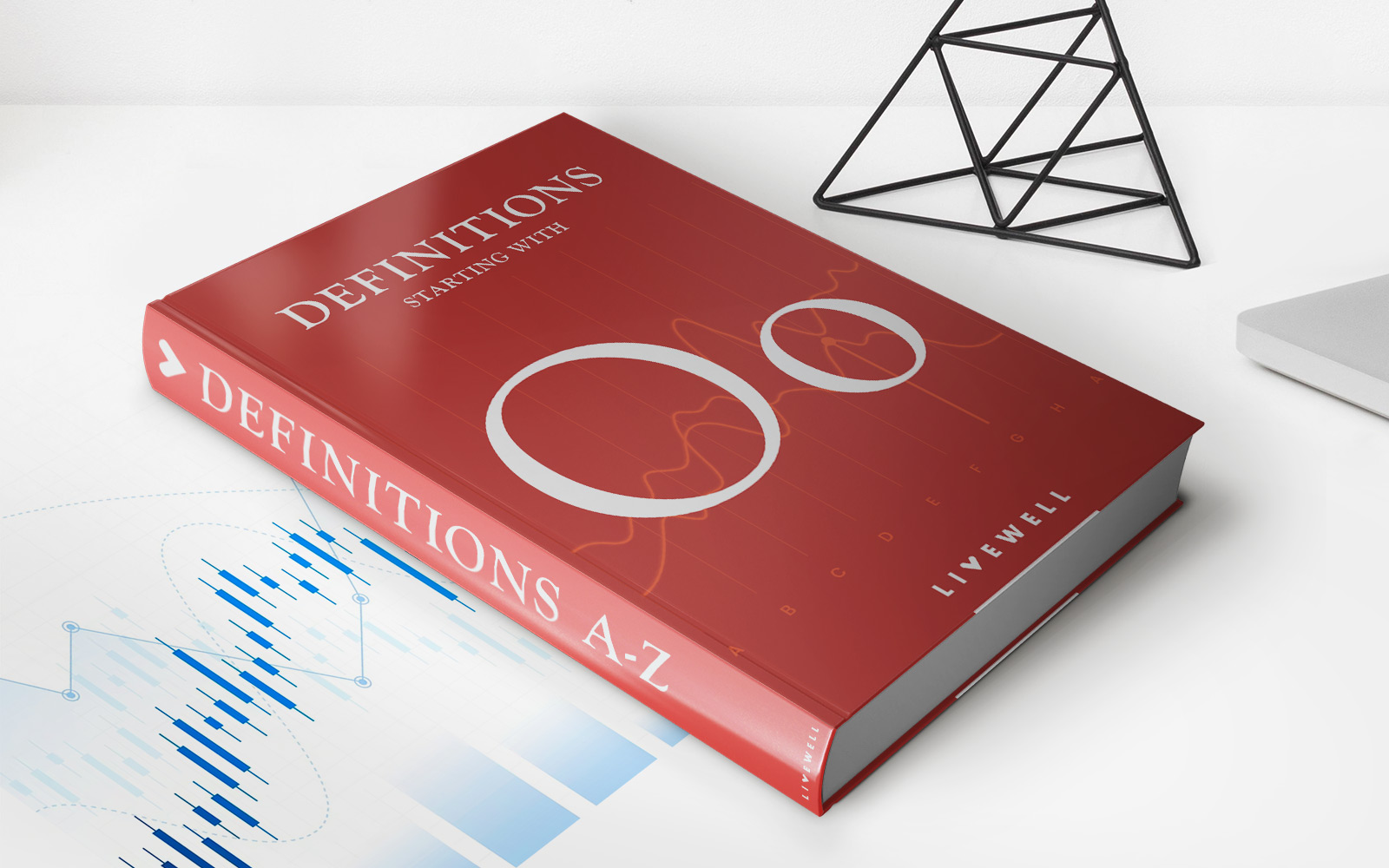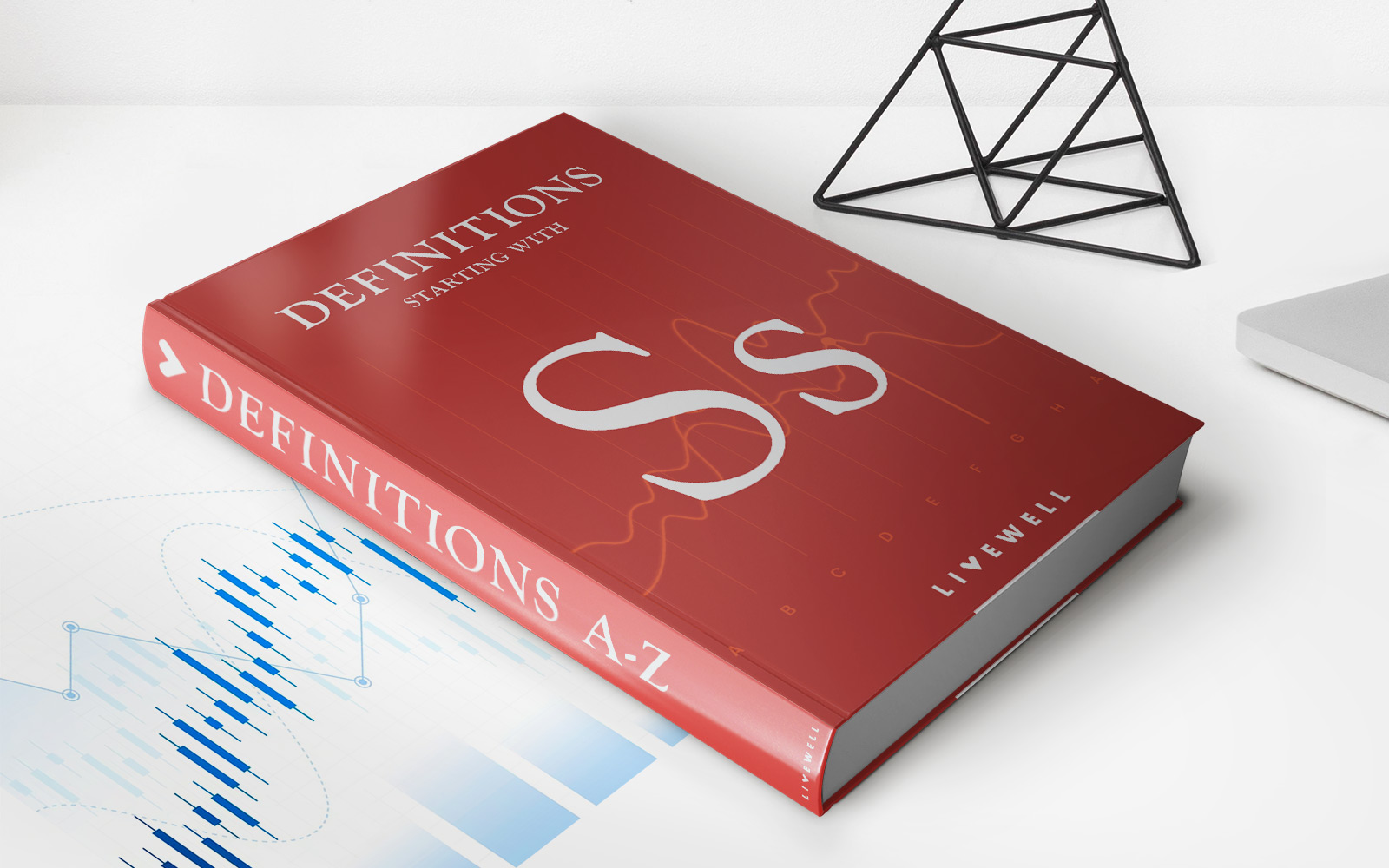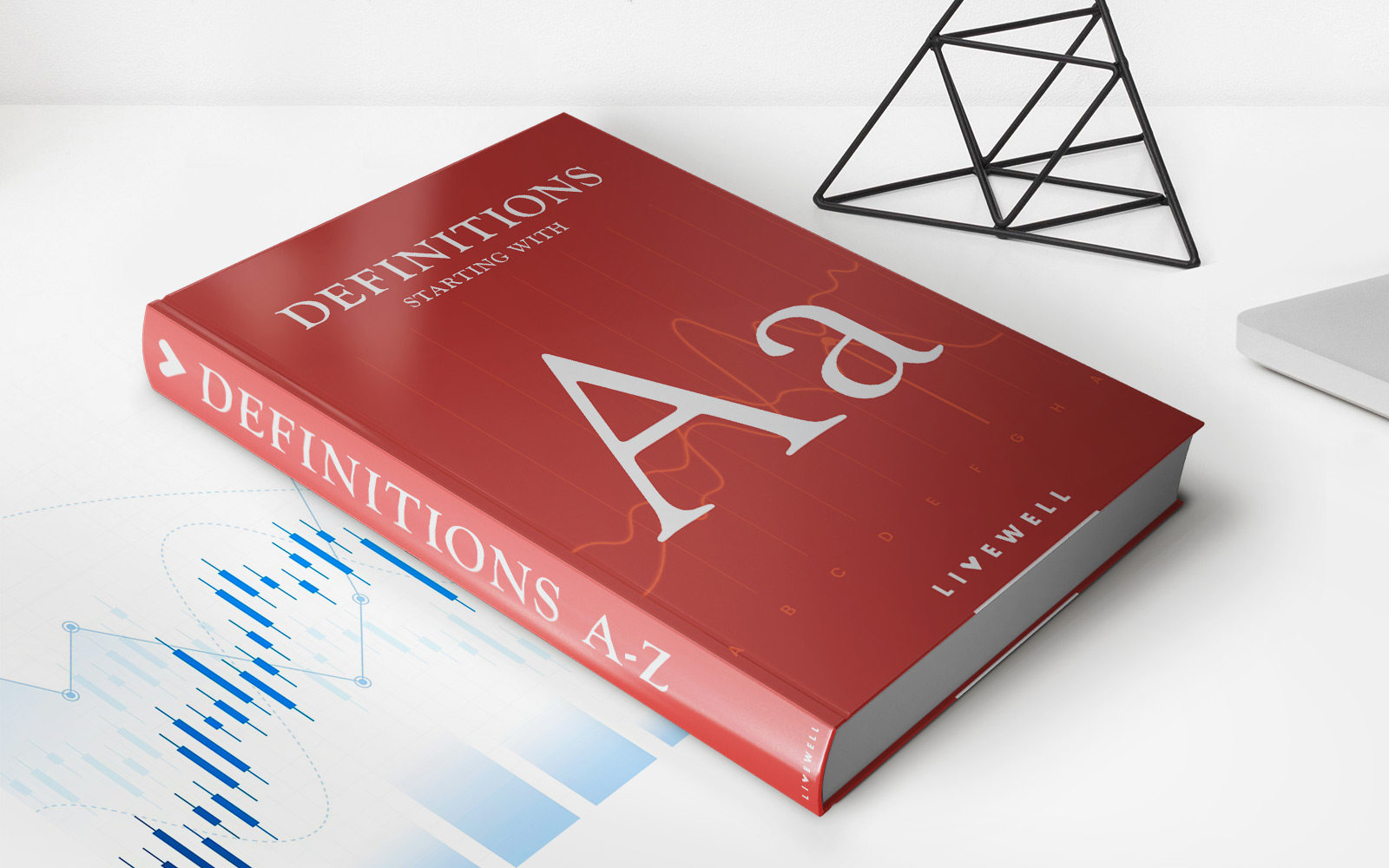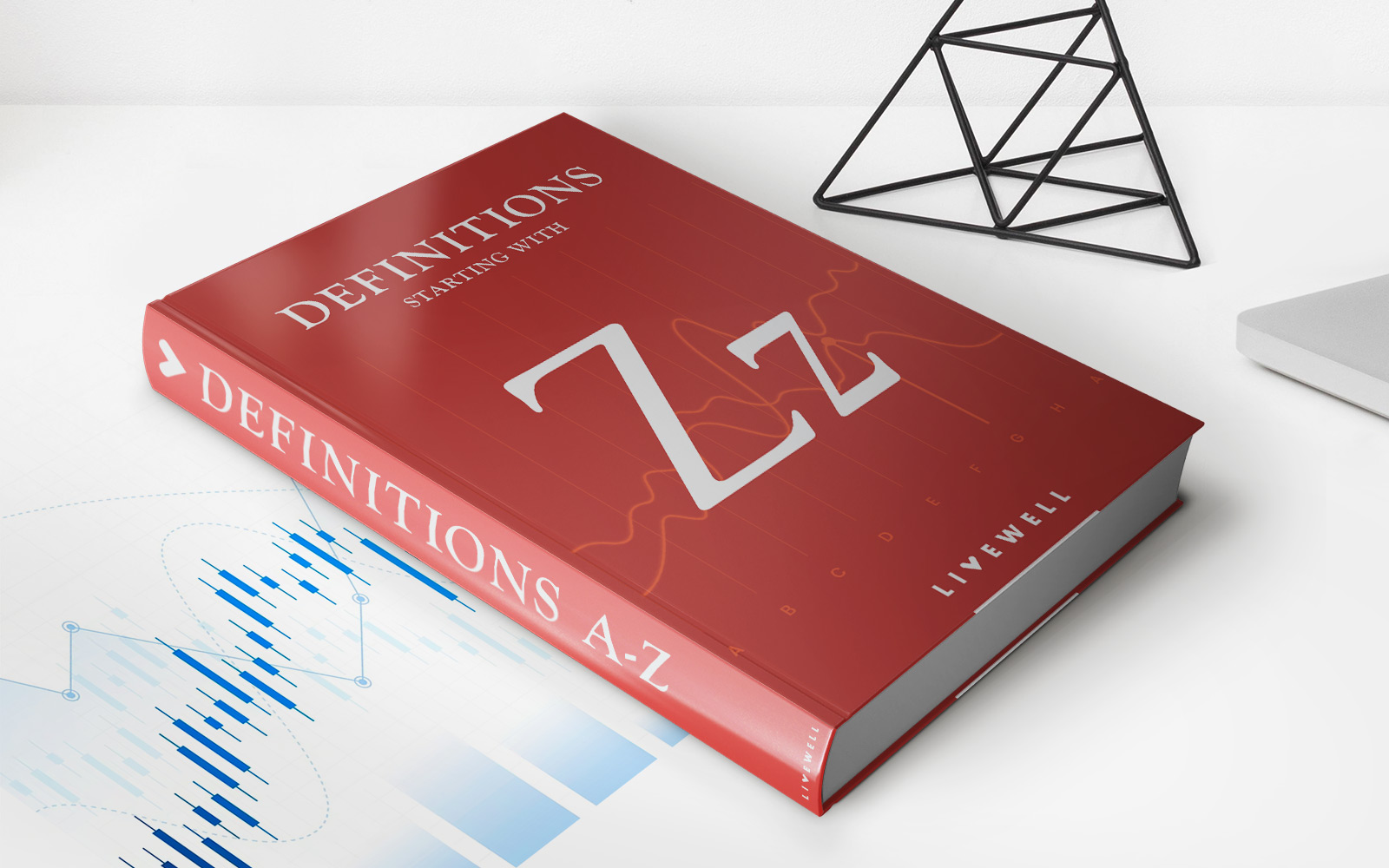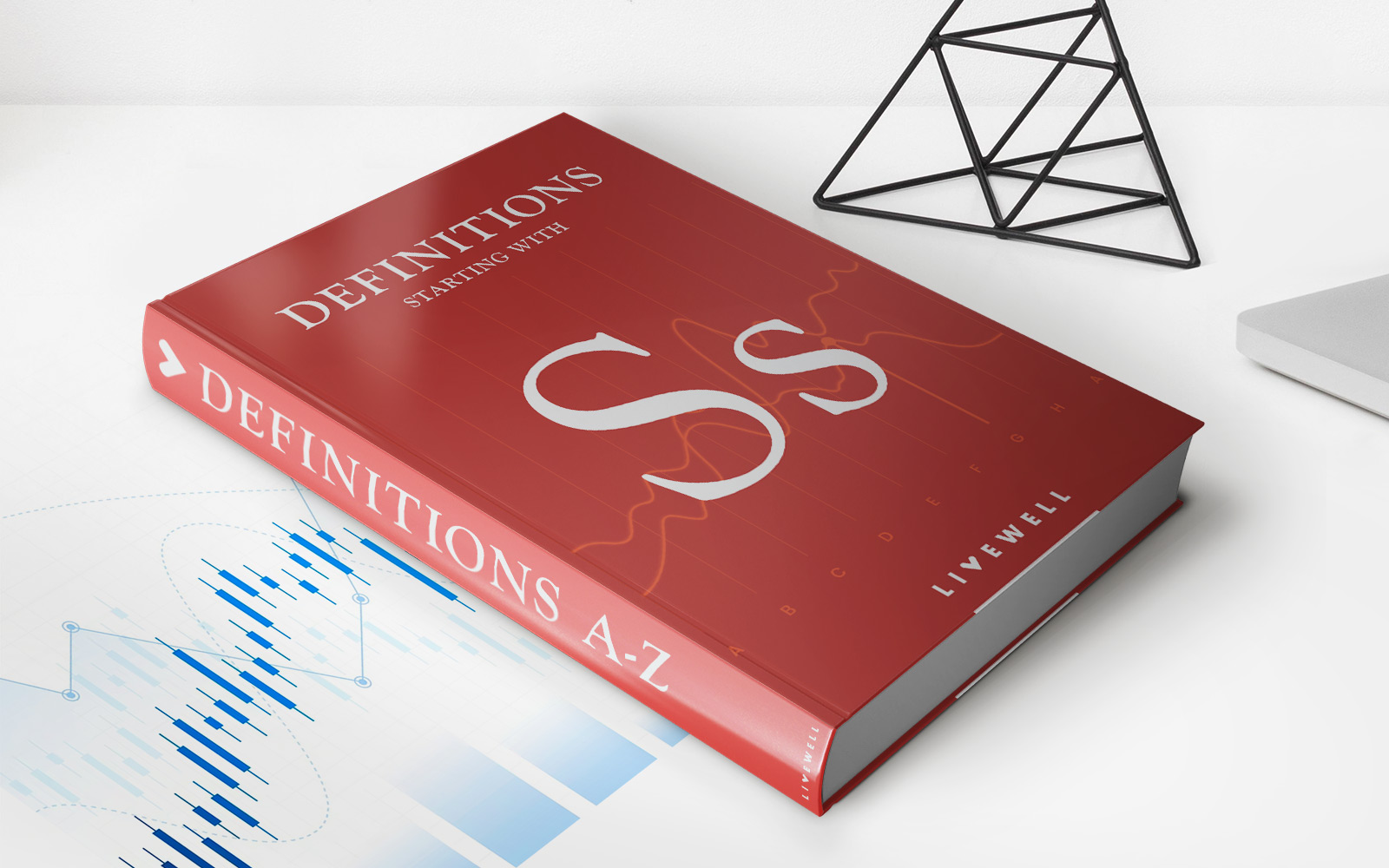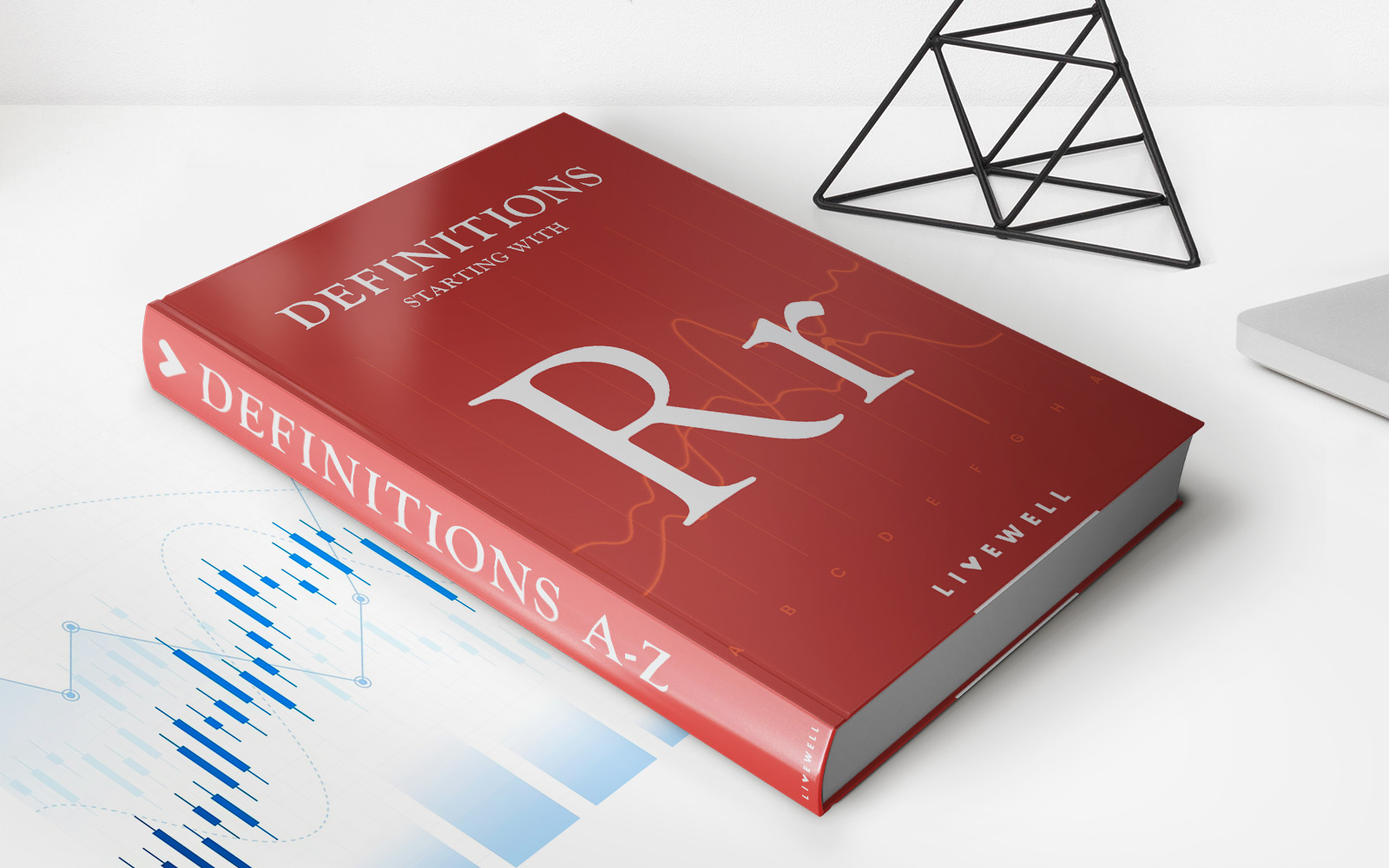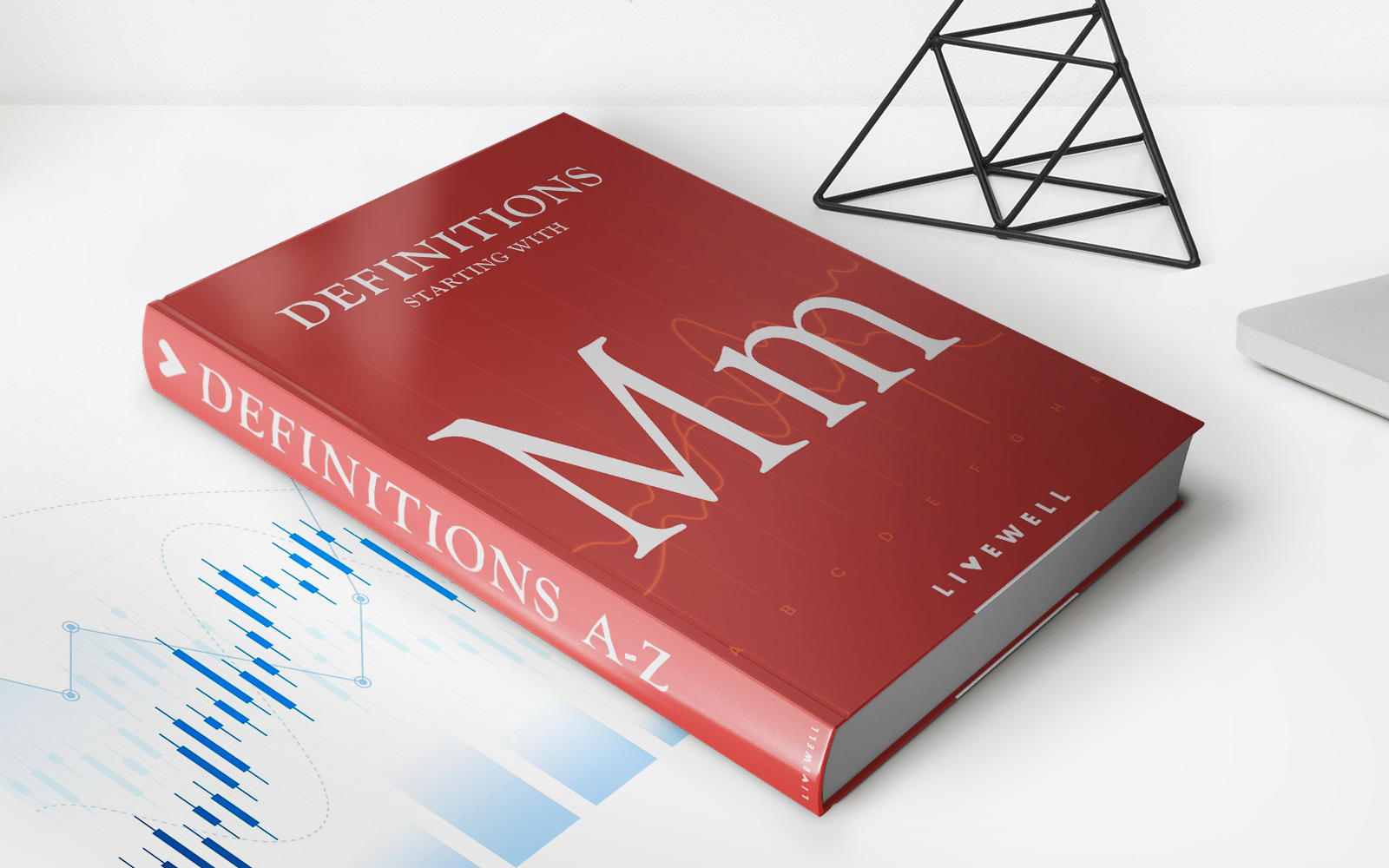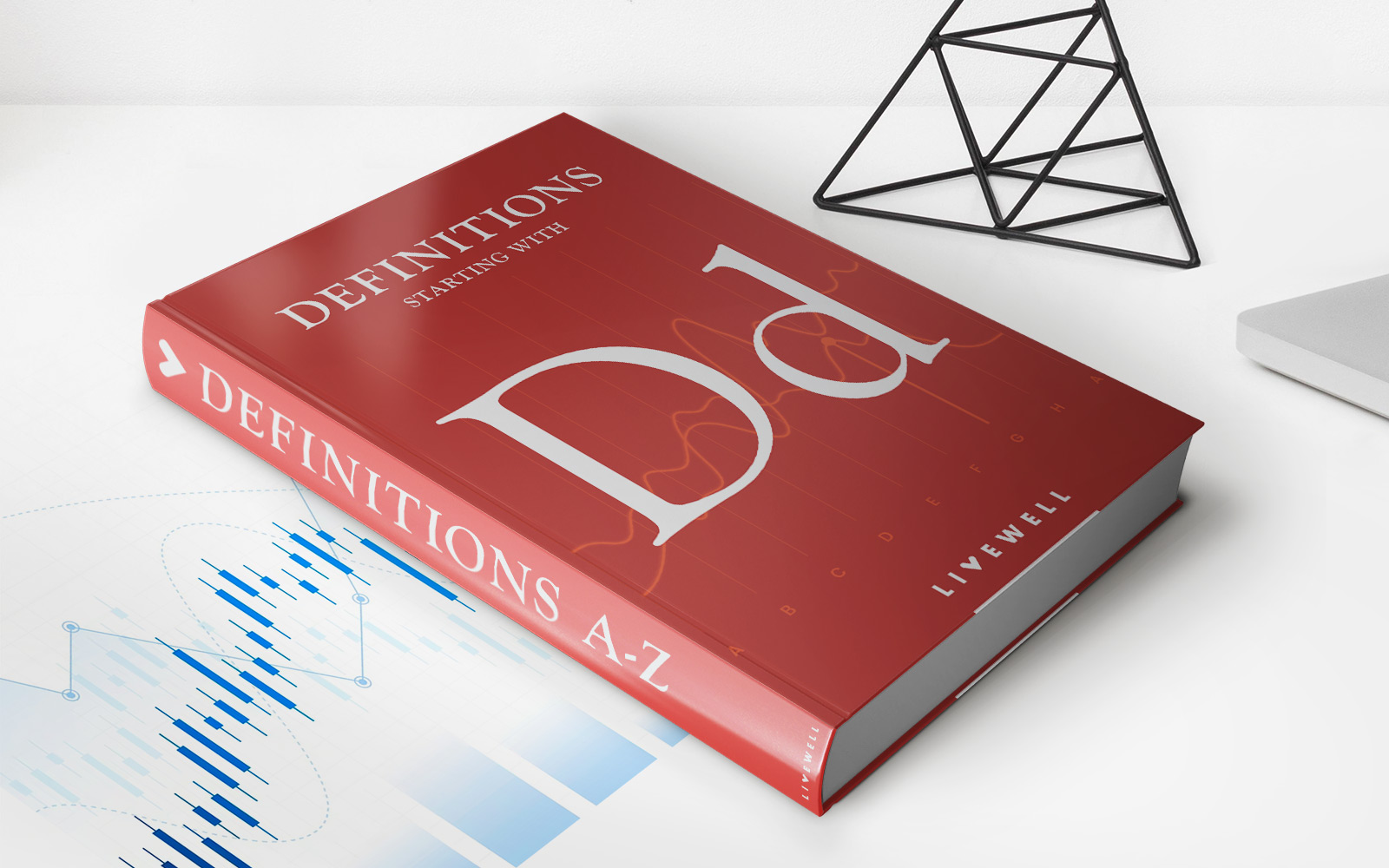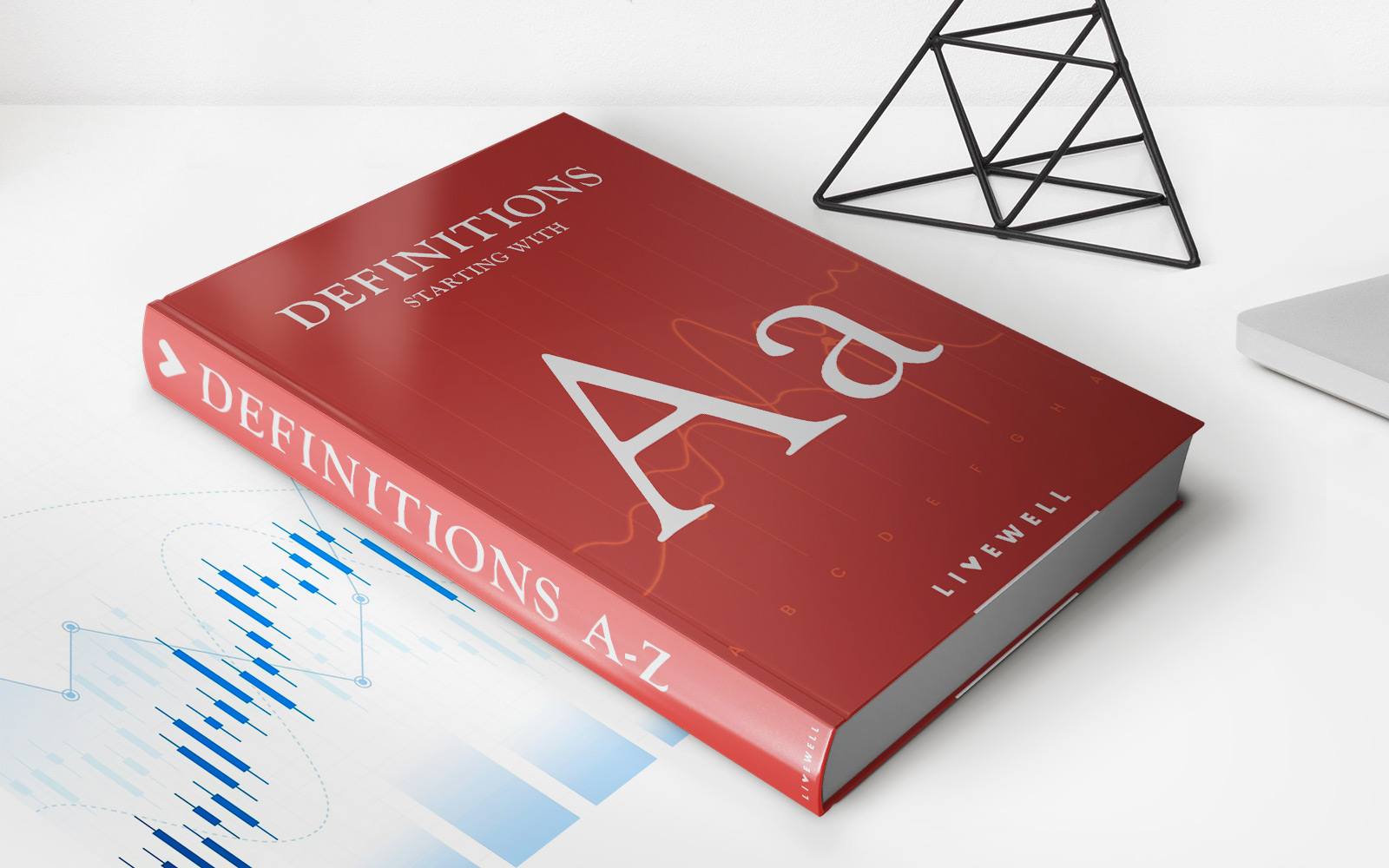Home>Finance>Wilcoxon Test: Definition In Statistics, Types, And Calculation


Finance
Wilcoxon Test: Definition In Statistics, Types, And Calculation
Published: February 18, 2024
Learn about the Wilcoxon test, its definition in statistics, the different types available, and how to calculate it. Enhance your understanding of finance with this comprehensive guide.
(Many of the links in this article redirect to a specific reviewed product. Your purchase of these products through affiliate links helps to generate commission for LiveWell, at no extra cost. Learn more)
Wilcoxon Test: Definition in Statistics, Types, and Calculation
Welcome to our Finance category blog post! Today, we are going to dive into the world of statistics and explore the Wilcoxon test. If you’ve ever wondered about the different types of statistical tests available, or how to calculate them, this is the blog post for you.
Key Takeaways:
- The Wilcoxon test is a non-parametric statistical test used to compare two related samples or matched pairs.
- It is an alternative to the t-test when the assumptions required for the t-test are not met.
Now, let’s begin our journey into the Wilcoxon test. First, let’s define what exactly this test is. The Wilcoxon test, also known as the Wilcoxon signed-rank test or the Wilcoxon matched-pairs signed-rank test, is a non-parametric statistical test. It is used to compare two related samples or matched pairs, where the data is not normally distributed or the assumptions required for the t-test are not met.
There are two main types of Wilcoxon tests that are commonly used:
- The Wilcoxon signed-rank test: This test is used when the data is paired, meaning each observation in one sample is related to a corresponding observation in the other sample.
- The Wilcoxon rank-sum test (also known as the Mann-Whitney U test): This test is used when the data is independent, meaning each observation in one sample is not related to any observation in the other sample.
So how do we calculate the Wilcoxon test? The calculation differs for each type of test:
- For the Wilcoxon signed-rank test, the steps involve:
- Ranking the absolute differences between each pair of observations.
- Assigning positive or negative signs to the ranks based on the direction of the differences.
- Calculating the sum of the positive or negative ranks.
- Using the sum to determine the test statistic and p-value.
- For the Wilcoxon rank-sum test, the steps involve:
- Combining the data from both samples and ranking the observations from lowest to highest.
- Calculating the sum of the ranks for each sample.
- Using the sums to determine the test statistic and p-value.
The Wilcoxon test is especially useful when dealing with small sample sizes or non-normal data distributions. It provides a robust method for inference when the assumptions of parametric tests cannot be met. By employing the Wilcoxon test, you can confidently analyze your data and draw meaningful conclusions.
In conclusion, the Wilcoxon test is a valuable tool in the field of statistics, offering a non-parametric alternative for comparing related or independent samples. It can be employed when the data does not meet the assumptions of parametric tests, and it provides reliable results. So, the next time you encounter non-normal data or small samples, remember the Wilcoxon test and its power in statistical analysis.


